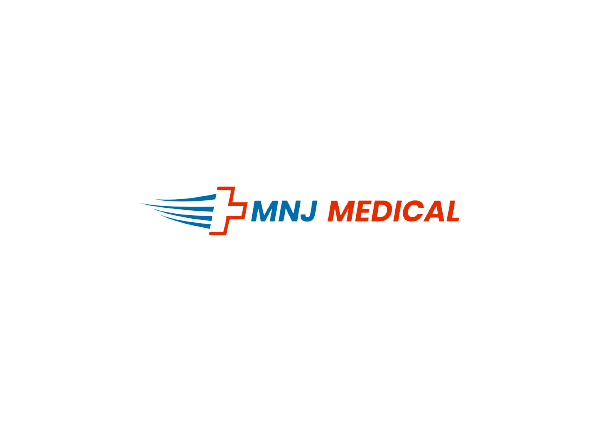Navigating the complexities of insurance coverage for patient transportation services can be daunting. Understanding how it all works is crucial for ensuring you’re adequately covered and not left with unexpected expenses.
What is Patient Transportation Insurance?
Patient transportation insurance plays a crucial role in ensuring that individuals can access necessary medical services without worrying about the cost of travel. It’s designed to cover expenses incurred when patients need to be transported to healthcare facilities, whether for emergency situations or routine medical appointments. This type of coverage alleviates the financial burden that can arise from needing specific transportation services, making healthcare more accessible for everyone.
Common scenarios where patient transportation insurance is applicable include ambulance rides during emergencies, scheduled non-emergency medical transport for patients with mobility challenges, and, in some cases, even air ambulance services for critically ill patients needing rapid intervention.
For more insights on how coverage can vary, it’s essential to consider the specifics of your insurance policy. Each policy may have different stipulations and not all transport scenarios may be covered under a general plan. Always verify your policy details to ensure your specific needs are met.
Types of Patient Transportation Services Covered
Insurance plans typically recognize the importance of covering a range of transportation services due to the varying needs of patients. Among the services often covered are ambulance transports which are vital during emergencies as they ensure swift and safe travel to medical facilities. Non-emergency medical transportation (NEMT) services are also commonly covered, providing solutions for patients who need transport to routine appointments or have conditions that make traditional travel options challenging.
Specialized services, such as air ambulances, cater to cases where critical care and rapid transport are needed, especially over long distances. While these services can be expensive, insurance coverage helps mitigate these costs significantly, allowing for necessary medical interventions without delay.
It’s crucial to communicate with your healthcare provider or insurer to understand the extent of your coverage, as some policies may have limitations or require prior authorization for certain services.
How to Determine If Your Insurance Covers Transportation Services
Determining whether your insurance covers transportation services involves a few straightforward steps. Begin by thoroughly reviewing your insurance policy documents, focusing on sections dedicated to transportation coverage. These can provide detailed information about what is included in your plan.
For personalized assistance, contacting your insurance provider directly is advisable. They can offer clarity on eligibility criteria and any prerequisites needed to qualify for coverage of specific transportation services. This direct communication ensures you have the most accurate and up-to-date information.
Using online resources from your insurer can also be beneficial, as many companies offer client portals with detailed policy breakdowns, making it easier for you to manage and understand your benefits.
Steps to Filing a Claim for Transportation Costs
The process of filing a claim for transportation costs can seem complex, but it is manageable with the right approach. Start by collecting all necessary documentation from your transport service provider, such as invoices or receipts, which verify the service provided and its necessity.
Complete your insurance provider’s claim form thoroughly. Ensure every detail is accurate to avoid processing delays. Precise documentation and completion of required forms boost the likelihood of a swift reimbursement.
Submitting your claim promptly is also crucial. Delays in submission can result in denial of the claim. If necessary, follow up with your insurance provider to track the status of your claim, and ensure any additional information they request is provided without delay.
Tips for Managing Out-of-Pocket Expenses
Even with comprehensive insurance, there might be situations where out-of-pocket expenses arise. Understanding your policy’s copayments, deductibles, and any exclusive rules about out-of-network service providers is essential to anticipate these costs.
Discussing payment options with your provider can offer avenues to manage expenses effectively. Inquire if they offer any price adjustments or payment plans for services not fully covered by insurance.
Lastly, consider setting aside funds for unplanned expenses related to medical transport. Having a financial cushion can ease the burden if unexpected costs occur.
Summary of Insurance Coverage for Patient Transportation
Understanding how insurance works with patient transportation services can save you time, stress, and money. By knowing your coverage, the types of services included, and how to correctly claim, you can ensure a smoother experience in managing your healthcare transport needs.

